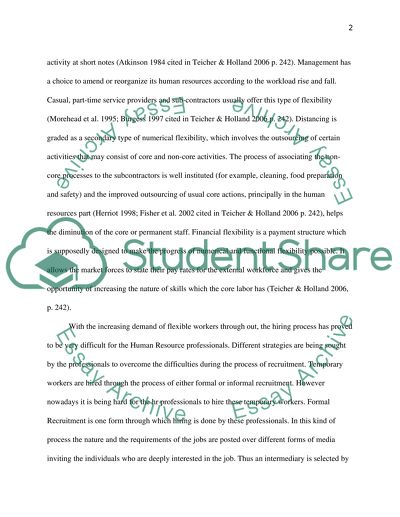Cite this document
(Flexibility and Recruitment Term Paper Example | Topics and Well Written Essays - 2000 words, n.d.)
Flexibility and Recruitment Term Paper Example | Topics and Well Written Essays - 2000 words. https://studentshare.org/human-resources/1513524-flexibility-and-recruitment
Flexibility and Recruitment Term Paper Example | Topics and Well Written Essays - 2000 words. https://studentshare.org/human-resources/1513524-flexibility-and-recruitment
(Flexibility and Recruitment Term Paper Example | Topics and Well Written Essays - 2000 Words)
Flexibility and Recruitment Term Paper Example | Topics and Well Written Essays - 2000 Words. https://studentshare.org/human-resources/1513524-flexibility-and-recruitment.
Flexibility and Recruitment Term Paper Example | Topics and Well Written Essays - 2000 Words. https://studentshare.org/human-resources/1513524-flexibility-and-recruitment.
“Flexibility and Recruitment Term Paper Example | Topics and Well Written Essays - 2000 Words”. https://studentshare.org/human-resources/1513524-flexibility-and-recruitment.


